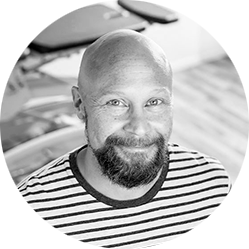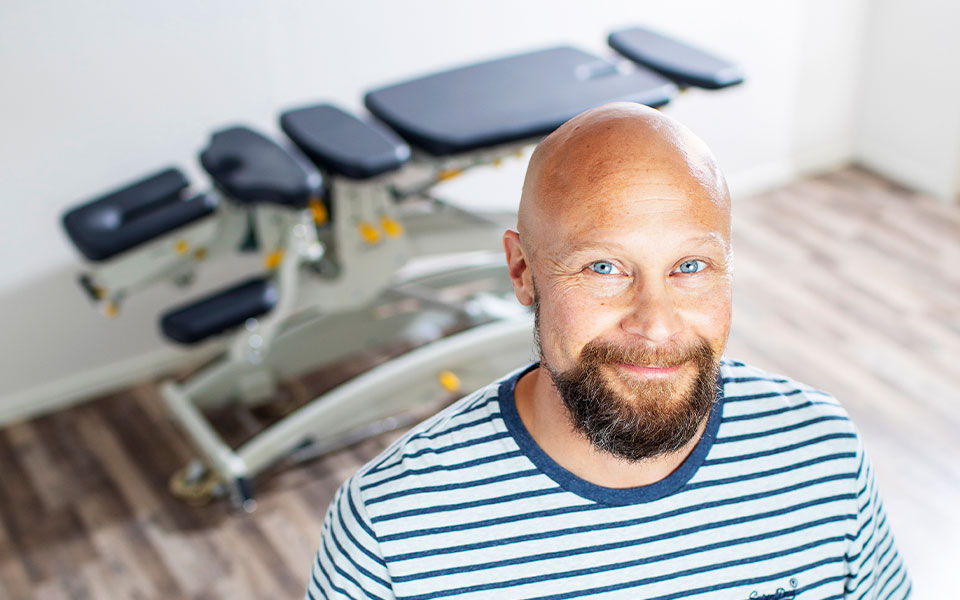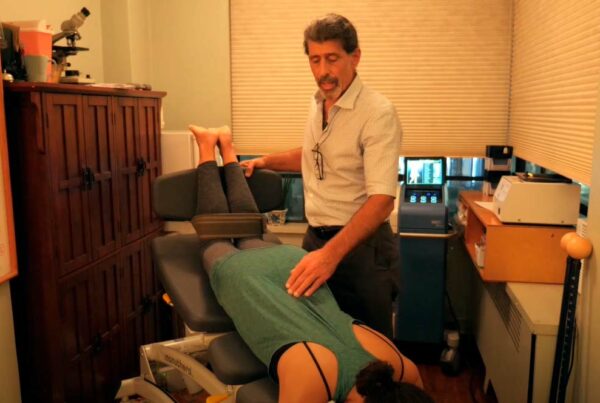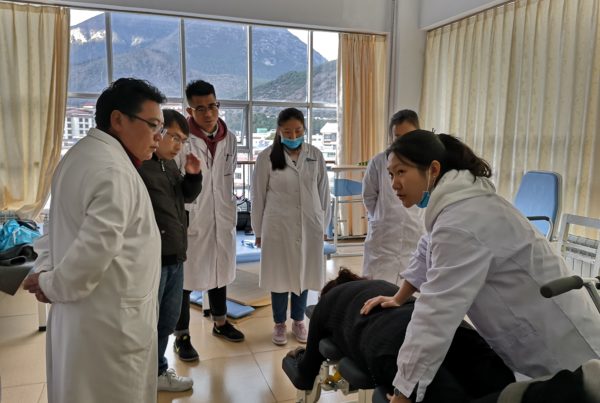The Institute of Education in Orthopaedic Osteopathy (OOKK) in Helsinki uses Lojer’s Manuthera 242 examination and treatment tables for teaching purposes. The table has been very popular with the institute’s students due to its versatility and ease of use. Work ergonomics and work efficiency are improved, and patients benefit from more effective treatment. Many of the students have also purchased the Manuthera table for themselves after their studies.
“The osteopaths who graduate from OOKK are accredited by Valvira, the National Supervisory Authority for Welfare and Health in Finland. The four-year education is ideal for trained massage therapists to support them in their work or in their new career, and for physiotherapists and doctors as specialization courses in manual therapy and clinical examination”, says Jarno Haikonen, CEO of OOKK.
Haikonen was already impressed by the Manuthera table’s features during his own studies and was keen to have the same tables for the OOKK. Haikonen considers the quality of Manuthera to be very high compared to many other treatment tables.
“The components are really put to the test, but they high quality and durable, and they move effortlessly thanks to good bearings. We have never had any mechanical problems with the tables we use.”
Excellent working ergonomics
According to Jarno Haikonen, the Manuthera 242 table makes the work easier and more efficient in many ways. Ergonomics are maintained thanks to the table’s movability, and for a manual therapist, this is particularly evident when doing spinal mobilization.
“The movements of the table allow the therapist to lean forward without any effort and to carry out very effective treatment. Without the table movements, the therapist would have to work in a bad posture and use too much force. With Manuthera, you are physically able to do as many treatments in a day as you like – the work is very light,” says Haikonen.
Effective and painless treatment for the patient
The features of Manuthera also benefit the patient. A highly effective treatment can be carried out with the patient completely relaxed on the table.
“The patient can be mobilised effectively and comfortably without pain. By mobilising the thoracic spine, pain in the cervical spine and lumbar spine can be alleviated. Many times, I have seen how a patient gets up from the table to find out that their spine is moving, and they are breathing more easily.”
All the moving parts of the Manuthera table are designed and manufactured so that they work well with patients of all sizes. When the client is comfortable on the table, it’s easy to perform various mobilizations and other treatment techniques.
More patients and more well-being for your own free time
With Manuthera, it is possible to improve one’s own work and earning potential.
“Since working with Manuthera is physically easier, I can take on more clients a day. I believe that as the physical strain is eased, I will have more work years ahead of me. And, of course, I also notice this in my free time: I have more energy to take care of myself and exercise,” says Haikonen.
Many students buy Manuthera for their work
At OOKK, Manuthera tables are part of the daily teaching. They are popular with students because of their versatility and ease of use.
“The students are very interested in Manuthera, especially when we first show them how to treat a patient manually on a regular treatment table, and then how to do the same on a Manuthera. We also use the table to teach how to test patient´s movement. Many of our former students have ordered Manuthera and have found it to be the most effective tool for them,” says Jarno Haikonen.
Tips for patient care with Manuthera by Jarno Haikonen:
The patient is first asked to perform an active forward bend and side bend. I pay attention to any limitations in the range of motion, and then guide the client onto the table.
The patient can be placed in an optimal position on the table using the adjustments in Manuthera. I palpate the spinous processes and adjust the table and the patient’s back to the position where the spinous processes seem to be in the midpoint of maximum range of flexion. The patient usually finds this as the best position for their back, and their muscles are as relaxed as possible. This is the initial position when studying passively the range of motion of the lumbar spine and the lower thoracic spine.
From this position it is possible to study the lateral flexion of the lumbar spine by releasing the lateral movement of the table. I place my thumb between the vertebraes and move the table laterally. This way, the movement between the spinal synovial joints is easily felt from the L4 level and above. This helps to identify any muscle motion constraints because the muscles are relaxed. For a successful treatment, it is important to know whether the limited range of motion is muscle related or not. This cannot be felt so clearly using other tables than Manuthera 242.
The flexion-extension movement can be examined segmentally by holding the finger between the spinous processes all the while moving the table in the flexion-extension direction.
The same method applies when examining the motion of the thoracic spine, ribs, or the junction between cervical spine and thoracic spine. In this case, I open the middle or top joint of the table. If there are any limitations in the range of motion, I can feel it clearly with this technique. During thoracic spine mobilization, I turn and “lock” the lumbar joint of the table and thus the lumbar spine in the opposite direction. This enhances the mobilisation of the upper spine.
The mobilization is then performed to the tissue where the limited range of motion is detected within the passive structures.

Jarno Haikonen
• Trained as a massage therapist and osteopath
• Massage therapist for the Moguls Ski Team Finland 2000 – 2003, participated in the Olympic Games in 2002 and 2018
• Teacher at the Sports Massage Institute of Finland 2004 - 2008
• Director of the Institute of Education in Orthopaedic Osteopathy, OOKK since 2008









